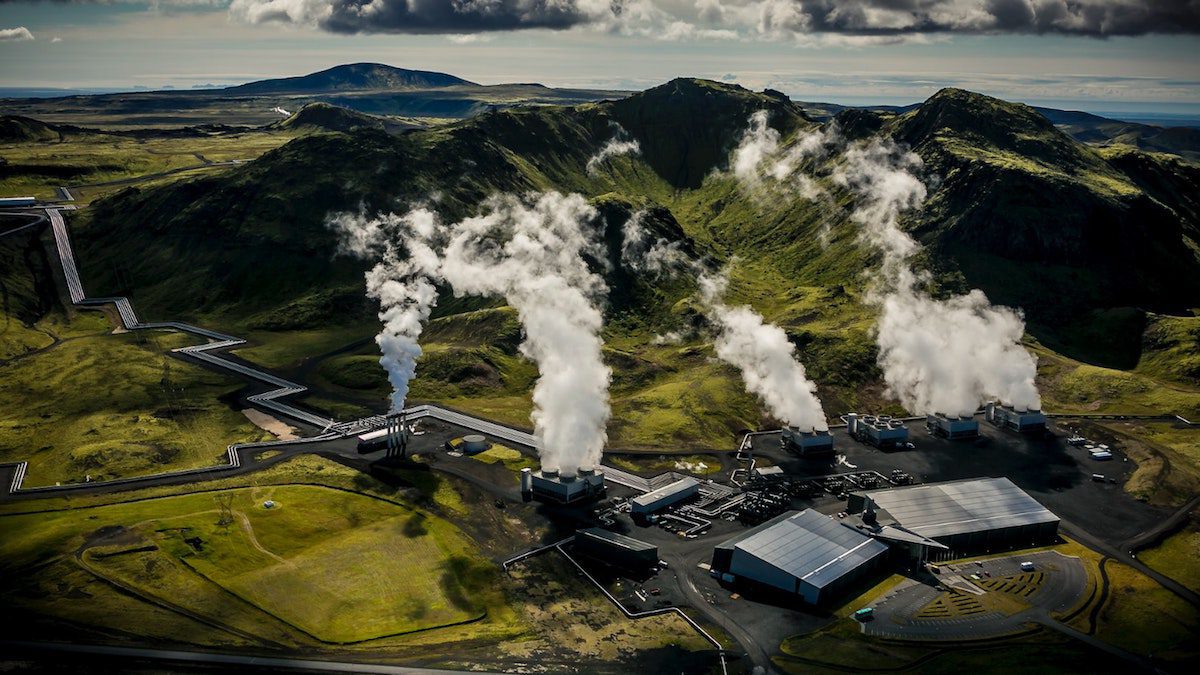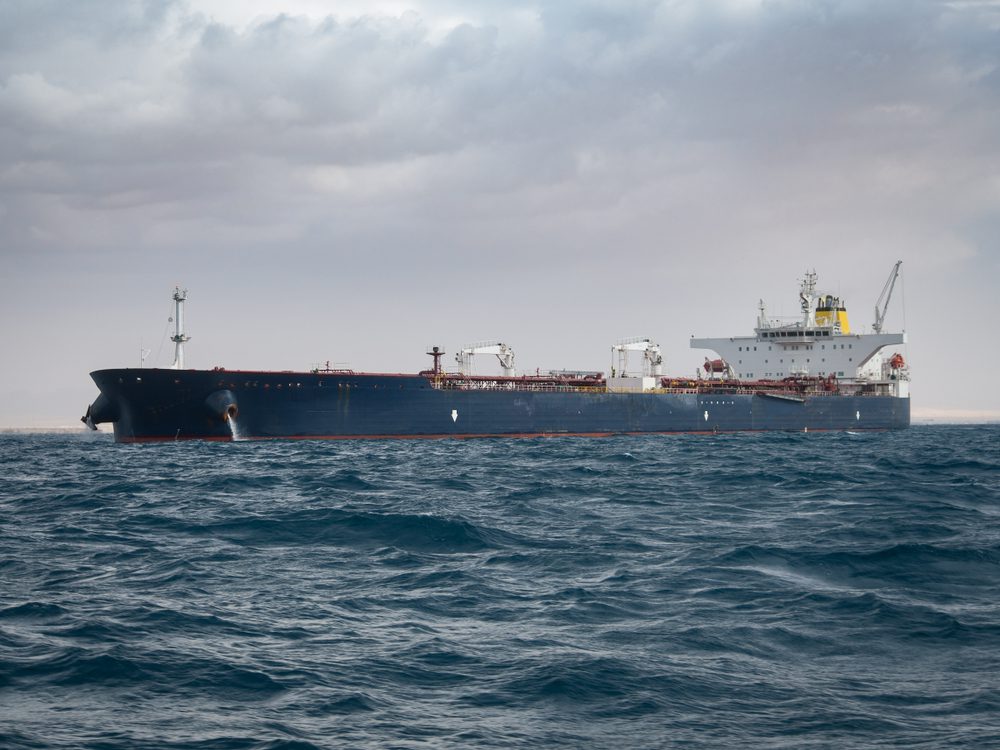By Ragnhildur Sigurdardottir (Bloomberg) —
European polluters will soon be able to ship their carbon emissions to Iceland to be turned into stone in the volcanic island’s bedrock.
Icelandic startup Carbfix is building a hub, called the Coda Terminal, which will receive carbon dioxide transported to Iceland in specially designed ships. There it will be turned into underground rock using a technique that imitates and accelerates the natural process of mineralizing carbon, providing a permanent storage solution.
Large-scale carbon capture and storage projects are on the rise in Europe with some reaching scale, including Porthos in the Netherlands, Norway’s Longship and Acorn in the U.K. The Coda Terminal differs in that its operations will be on land and that the injected CO? is turned into stone in less than two years. The company’s carbon-capture technology has already attracted interest from the likes of Bill Gates as they seek ways to limit global warming.
“The interest is high,” Carbfix Chief Executive Officer Edda Sif Pind Aradottir said in an interview. “More or less everybody wants to reduce their emissions.”
The service will be accessible for businesses in Northern Europe starting in 2025. Carbfix estimates the total investment will be 190 million to 220 million euros ($265 million), with projected annual revenue of 25 million to 45 million euros when at full capacity. Carbfix will tap outside investors to fund the construction.
“It’s crystal clear that without large scale carbon capture and storage we will not be able to meet the goals of the Paris agreement,” Aradottir said. “It’s important that we bring different solutions in this sector to scale as quickly as possible.”
The key advantage of mineral storage is that it relies on a network of shallow injection wells, rather than a single deep high-capacity well. This allows for a modular expansion where wells can be added to the network step by step. No monitoring is needed once the CO? has been turned into stone.
Low-Cost Solution
“The storage part will be cheap,” Aradottir said, costing less than 20 euros per metric ton. That’s “much lower than for other projects which are operated offshore.”
The Coda Terminal isn’t the first proposal for a country to accept others’ emissions to be buried in their own backyard. Norway’s Longship project is expected to take on emissions from other countries via ships, though the CO? will be injected under the sea rather than on land. The first leg of the project received Norwegian government funding last year.
The relatively low cost of storage for Carbfix means the process is expected to remain cost-effective even when long-distance shipping to Iceland is factored in, according to Aradottir.
Carbfix says the overall CO? emissions of its operations, including shipping from Europe, will account for 3% to 6% of the total carbon to be permanently processed at the Coda Terminal. The ships used to transport the CO? will initially be powered by methanol. Zero-carbon ammonia is being considered down the line.
The terminal will be located in Straumsvik, near the capital in the southwest. It will be next to Rio Tinto Plc’s aluminum smelter, where there’s already an industrial harbor that can handle large vessels.
The facility will start by injecting 300,000 tons of CO? in 2025 and gradually work its way up to 3 million tons annually at full capacity by 2030. That compares with the almost 70,000 tons Carbfix has injected to date locally.
The neighboring aluminum smelter is already looking into solutions for cost-efficient emissions capture. Aradottir said Carbfix is in talks with all of the island’s power-intensive companies about using its technology.
Carbfix eventually plans to implement direct air capture at the hub, similar to one it already operates with Swiss partner Climeworks AG next to Iceland’s Hellisheidi power plant.
Depending on demand other carbon storage terminals may be built in the country, which offers ideal conditions for carbon storage given its green energy, abundance of water and young basaltic bedrock with vast mineral storage capacity.
About 600 direct and indirect jobs are expected to be created during construction and to operate the terminal. Aradottir foresees that carbon capture and storage can become a new pillar in the Icelandic economy, and stretch beyond the island’s shores.
“Once we have gained experience here we can implement identical or very similar hubs in different parts of the world,” she said.
–With assistance from Akshat Rathi.
© 2021 Bloomberg L.P.
Unlock Exclusive Insights Today!
Join the gCaptain Club for curated content, insider opinions, and vibrant community discussions.

 Join The Club
Join The Club













